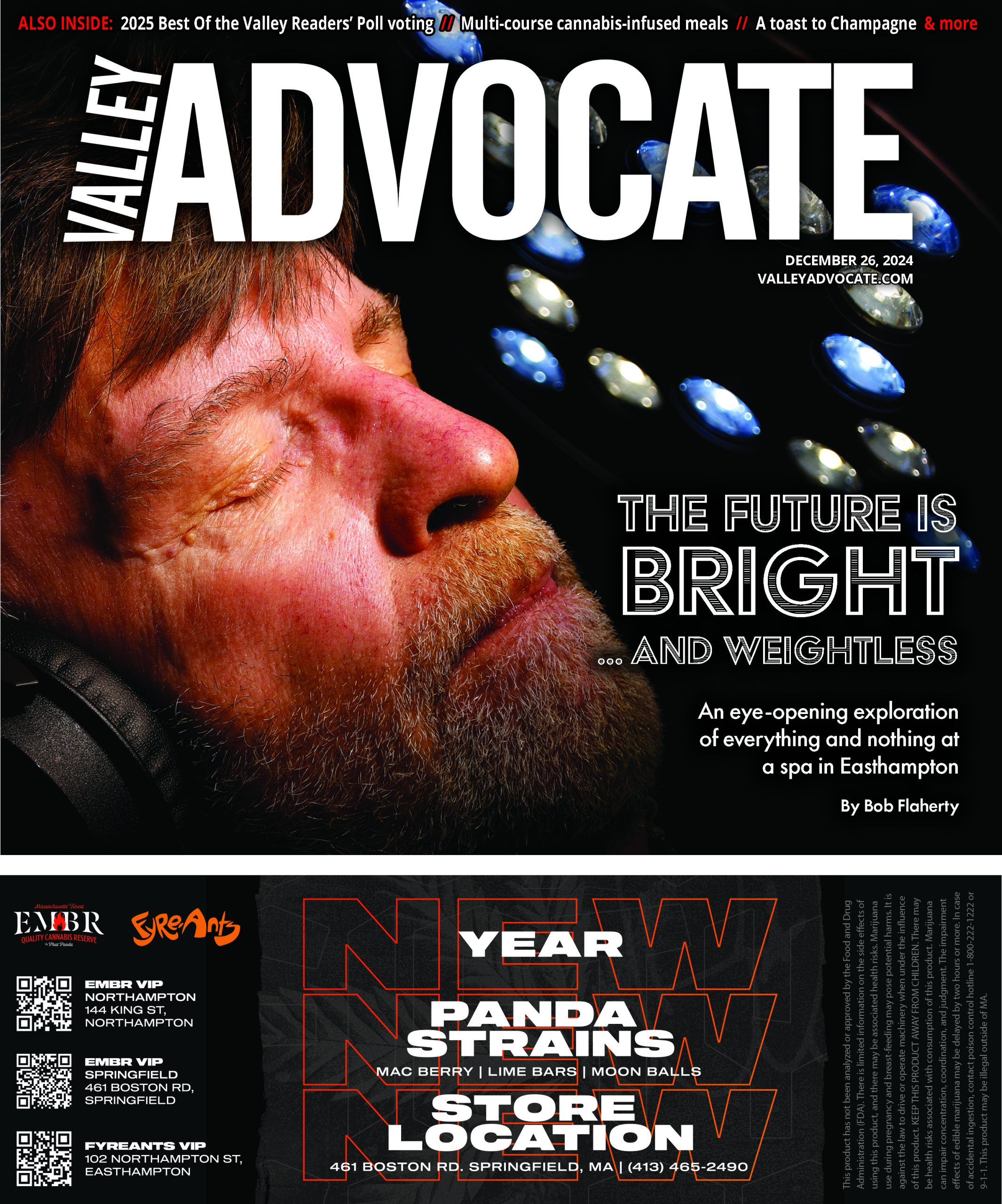"Get out! Get out now!" Thus starts John Stilgoe’s Outside Lies Magic (1998). Outside, argues the dean of landscape studies, you find traces of the past. And if you look closely, you can be transported from your day-to-day pursuits to another world while traveling the same old route.
The comfortingly familiar gallows-upon-gallows line of telephone poles, for instance, also carries the tilt of history. Once you manage to look upon them as something new and exciting, the source of all that lovely light you can read by far into the night, they will never be the same again.
I first read OLM years ago, more or less stuck in a motel in suburban Allentown, PA, waiting for a phone call. No money, no car, no woods to get lost in, no water to gaze out over, not even a strip mall or supermarket. Just nothing-land, too nothing to even be ugly: newish developments, farmland on its way to becoming newish developments, minor highway. Too bored to write, even, I ventured out, OLM in hand, to see if I could, by any chance, find something.
I can’t remember what I found. But I do know that on that day I started looking: I ventured off the road into the ditch, crawled through a culvert, came back to the motel wet, exhausted. It was as if I’d gone though the looking glass into a world that was rather more real than the one left behind. Clearly, now, at the very least I saw the labor that had gone into creating that boring environment. Boring enough to keep most of us on the road, to keep us from lifting the veil of what is there now to see what was there then, to see what might have been. The source of all that exciting insight: asphalt, gravel, water — the unyielding concreteness of the physical world. And I am a material girl.
Okay, so we get out. Just now, that doesn’t involve crawling through a culvert but pulling on boots, parka, mittens, hat, and walking the dog on a snowy evening. Around the block, following an old stone wall, past the Vining cellar hole. George Vining bought the land I walk in 1790. Though he died in 1822, Summit Street was referred to as "the highway as it is now traveled past George Vining’s house and barns" for many a year. The house burned down in the late 1860s.
To most of us, this landscape I walk is too familiar, a naive painting: a horizon of flowing hills, the foreground crisscrossed by stone walls separating green fields dotted with decorative sheep from the yellow fields that feed them in winter. To the right or left a small collection of white houses and red barns surrounds a sharp-spired church. A small byway leads diagonally across the painting from an outlying farm to the town common in front of the church.
As I walk the byway, it occurs to me once again that I am the beneficiary of a massive economic failure. When people like George Vining flocked here en masse in the late eighteenth century, they did so to make money. As much as farming, they came for water pounding down from the hills through steep declivities; the first thing they did was build mills, mills powered by water. To George, the landscape wasn’t charming or sublime, I imagine, nor was it quite as numbingly desperate as we might think when we look at his stone walls. This landscape was his tool, much like the computer is mine, intimately. He must have loved and hated it, talked back to it as it made his life difficult and possible.
But things are a little too hard in these hills for economic experimentation: the weather is a little too cold, the soil too rocky, the streams too small, the distance to large rivers a little too great for the horse power George had. Most of all–just a little too steep and there was no Hoosac Tunnel as yet.
After a flurry of settlement between 1770 and 1830, whole families left for the richer farmland of the West and to the cities and factories in the East. Between 1830 and 1950, fewer and fewer people held onto an ever more tenuous rural and small-scale industrial existence powered by wood and water, one that was almost as closely tied to the land as that of a century before. By 1950, trees grew up where small factories had clanged and sheep grazed. High-tension wires replaced stone walls as the most graphically diagonal lines in the imagined painting.
But the bones of George’s landscape still exist. Its very marginality secured the historical infrastructure. I am walking through a forest has that grown up in and around cellar holes and barn foundations; small streams run across now-crumbled dams that once impounded water to provide the energy that sawed wood for houses and barns; on this "highway," rows of aging sugar maples flank George Vining’s stone walls.
Dog and woman turn left, towards the high-tension wires. I am no engineer or physicist, but from a ways away, I can hear snow crackling from the escaping electricity. As I pass underneath, the buzz of power loss is deafening tonight. The electricity comes from afar. Some of it is wrested from a series of 11-story deep turbines fed by water hemmed in by some 100 miles of dams, a three-day drive to the north of here, in Churchil Falls, Labrador. I saw it ten years ago.
A thousand miles of escaping electricity, made audible by tiny snowflakes. But then, when I give directions to my place, I say, "about 1/8 mile beyond the high-tension wires." They are part of my world, my world of light. My job, I now see, is that of the snow flake: to make these telephone poles writ large – invented 150 years ago to carry the telegraph – to make them visible as part and parcel of this lovely place where I follow stone walls that mark road boundaries laid out on a map in Boston in the 1760’s.
Landscapes tend to be hidden behind the veil of familiarity; they are comfortable and known. We have no need to discover. But if we want to take care of our environment, we have to be willing to discover it in all its tilted craziness – it may not be what it always seemed to be – we have to go out there and take a look. Get down on our knees and crawl, if necessary. It’s fun to be three again. I call it personal archaeology.
There would be no Lowell and Lawrence without the experiment and labor of Plainfield, no Hilltown landscape without Lowell and Lawrence, and no twentieth-century life in Plainfield without the wires. It’s all there, hidden in plain sight.
–Pleun Bouricius, Program Officer and Historian, Massachusetts Foundation for the Humanities


